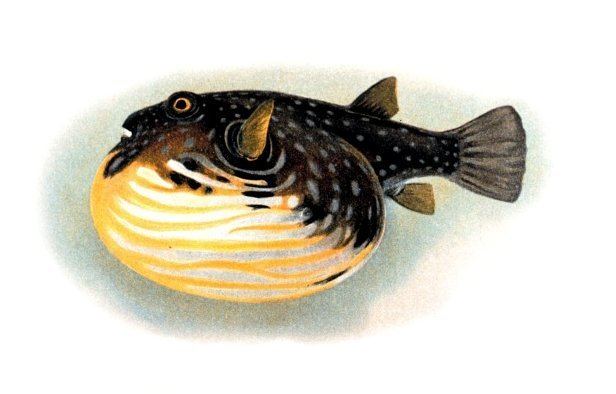 | ||
Poisonous fish are fish that are poisonous to eat. They contain toxins in their body that the digestive system does not destroy if the fish are eaten. Venomous fish also contain toxins, but differ from poisonous fish in the way they deliver the toxin. Venomous fish bite, sting, or stab and don't necessarily cause poisoning if they are eaten, since the digestive system often destroys their venom.
Examples
References
Poisonous fish Wikipedia(Text) CC BY-SA
